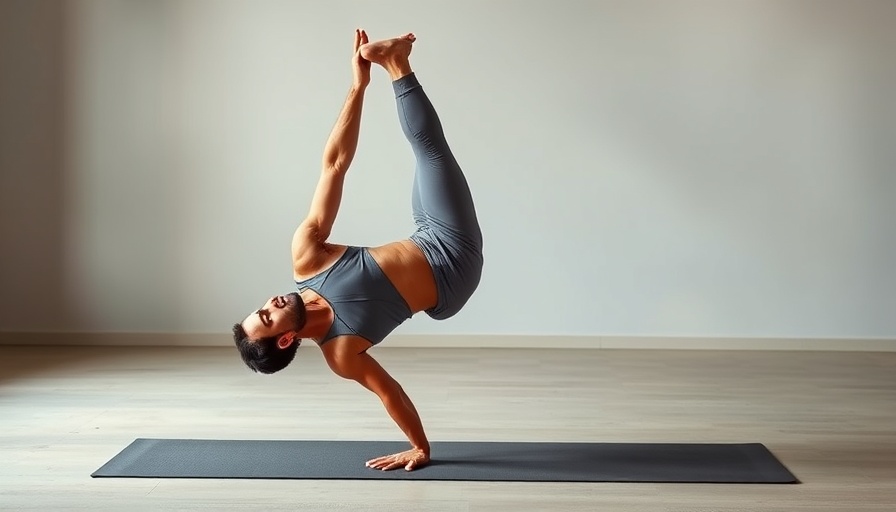
Unlock Your Potential: Why Training Skills Is Key to Fitness
In a world where we often measure strength in pounds lifted, a transformation is taking place in the fitness landscape. More individuals are prioritizing skill-based training alongside traditional strength workouts. This shift isn't just a fad; it's a fundamental rethinking of what it means to be fit. Skill training teaches your body how to use strength effectively in real-world scenarios, rather than simply developing muscle size in isolation.
How Skill Training Supports Everyday Strength
Strength training has long focused on building larger muscles through intensive resistance workouts. But let’s consider this: what good is deadlifting 300 pounds if you struggle to lift a heavy box off the ground? When you concentrate on skill training, you're mastering essential movements that help in daily activities, such as hiking up uneven terrain, shuffling through a crowded café, or simply rising from your chair without wobbling.
By engaging in skill training, you're doing more than just building strength; you're enhancing coordination, balance, and overall functional fitness. This training encompasses how your body works as a unit, helping to create confident, capable movers who feel adept in all facets of life.
The Brain-Body Connection: Motivation Through Learning
One of the most significant advantages of skill training is the active engagement it brings. Unlike the repetitive nature of traditional workouts that can become monotonous, skill training requires your brain to work. Each session turns into a stimulating challenge where problem-solving becomes part of your regimen. For instance, learning to perform an elegant handstand or mastering a challenging balance exercise keeps your workouts fresh and exciting. This focus can enhance your motivation, making it easier to stick to your fitness journey.
Practical Strategies to Incorporate Skill Training
If you're ready to infuse skill training into your existing routine, consider these simple yet effective strategies:
- Start with Skills First (10 Minutes Max): Dedicate the first 10 minutes of your workout to practicing a challenging skill. Engage your mind while your body is still fresh to maximize learning.
- Incorporate Movement Patterns: Focus on movements that mimic real-life activities, like squatting down to pick something up or reaching overhead. This way, you connect fitness directly with your daily experience.
- Set Progress Goals: Decide on a few specific skills you want to develop, like getting up from the floor without using your hands or performing a perfect plank. Tracking your progress adds excitement to your workouts.
Real-Life Benefits: More Than Just Muscles
When you adopt skills training, you'll notice benefits that transcend the gym. Imagine being able to chase after your child at the park, carry groceries in one trip, or navigate uneven paths without a second thought. These are the real-world applications of your training. You're building resilience, adaptability, and a sense of confidence that traditional workouts often miss.
Join the Movement: Embrace Skill Learning for Lasting Results
Skill-based training isn't just about lifting; it’s an invitation to understand your body's capabilities and work creatively around them. By making the switch to skill training, you're investing in a healthier, more balanced lifestyle. Challenge yourself, keep your workouts interesting, and see substantial improvement in your overall fitness.
Want to explore more about how skill-based training can transform your fitness routine? Let’s embrace a more adaptable, confident approach to our physical well-being. Start your journey today!
 Add Row
Add Row  Add
Add 




Write A Comment